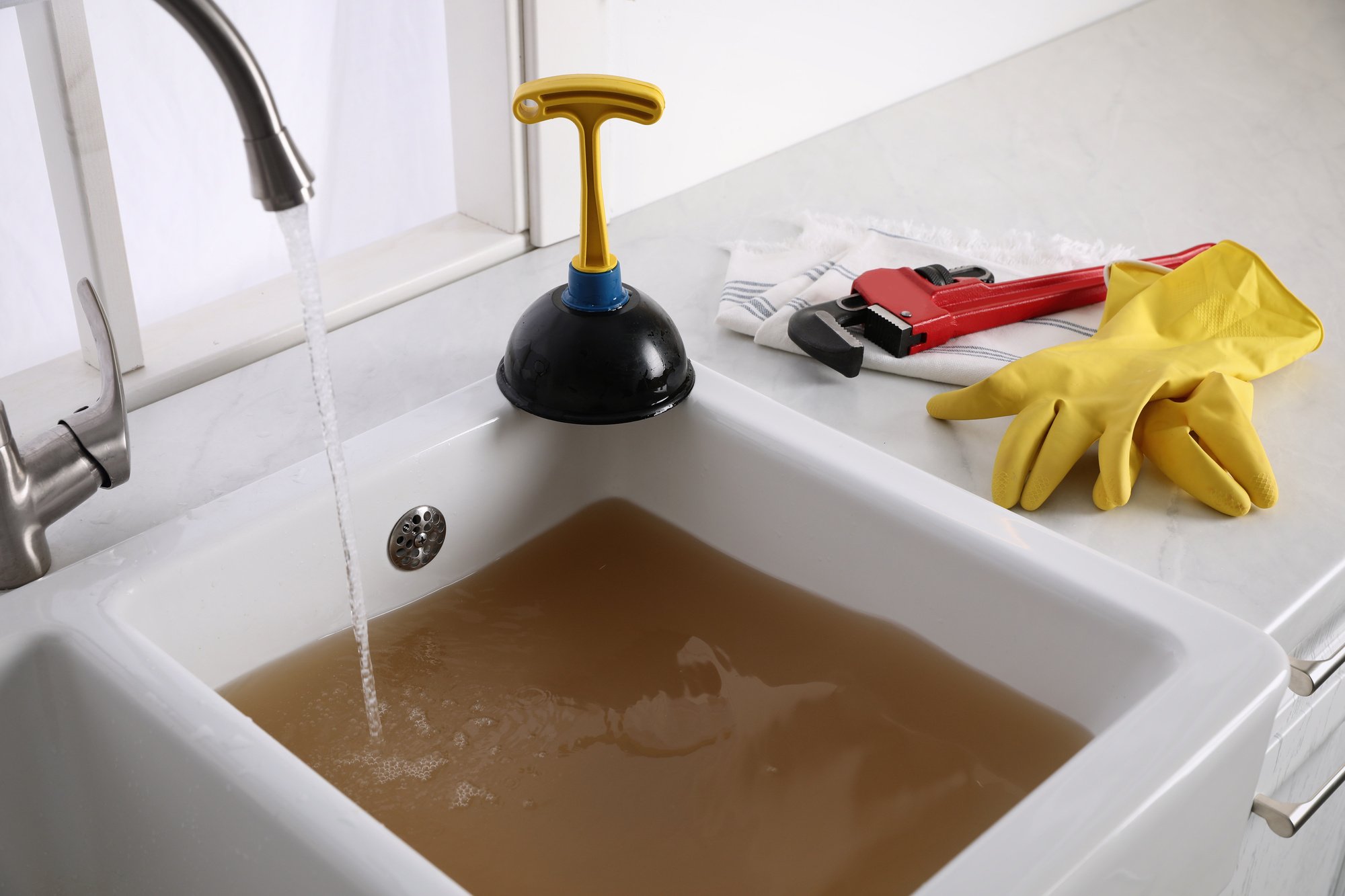First-Time Homeowners: Key Tips for Your Bathroom Plumbing
First-Time Homeowners: Key Tips for Your Bathroom Plumbing
Blog Article
Have you been trying to locate selective information on 11 Must-Read Tips for Plumbing a New House?

For brand-new home owners, understanding and preserving shower room plumbing can save both time and money by avoiding expensive problems down the line. Right here are some crucial bathroom pipes pointers to aid you maintain whatever running smoothly.
Acquaint Yourself with the Key Shut-Off Valve
Understanding where the main water shut-off shutoff lies in your home is important. This enables you to promptly switch off the water in case of significant leaks or during pipes emergencies, stopping extensive water damages.
Routinely Check for Leakages
Little leaks can lead to big problems. Frequently inspect under sinks, around toilets, and near plumbing components for any kind of indications of leaks. Search for moisture, little drips, or corrosion. Capturing and fixing leakages early can stop more significant damages and save water.
Don't Ignore Slow Drains Pipes
If your sink or tub is draining slowly, it's frequently a sign of an obstruction developing. Addressing this very early can stop a full obstruction. Use a bettor or a plumbing professional's snake to clear out particles. Stay clear of utilizing chemical drain cleansers as they can damage your pipelines gradually.
Know What Not to Flush
Toilets are not waste disposal unit. Stay clear of flushing anything apart from toilet tissue and human waste. Items like wipes, feminine health products, and cotton bud ought to be disposed of in the garbage to prevent blockages and sewage system backups.
Mount Strainers in Drains
Location filters in your sink and tub drains pipes to catch hair and other particles before they enter your pipes system. Cleaning the filters regularly will assist protect against accumulation and maintain water flowing openly.
Maintain Your Water Heater
Guarantee your hot water heater is set to a proper temperature level (generally around 120 levels Fahrenheit) to stop scalding and minimize power use. Flush the tank each year to eliminate debris buildup, which can minimize the performance and lifespan of your heater.
Upgrade Your Fixtures
If your home has older components, take into consideration upgrading to much more effective versions. Modern bathrooms, showerheads, and taps are developed to make use of much less water while providing excellent pressure, which can substantially lower your water bill and environmental footprint.
Beware with DIY Plumbing Fixes
While it's alluring to handle all home repair work on your own, beware with pipes. Some issues might need expert expertise, especially if they involve primary water lines or sewage system fixings. Hiring a professional can in some cases be a lot more economical than do it yourself, specifically if it avoids further damage.
Prepare for Cold Weather
Safeguard your pipes from freezing throughout winter by protecting pipelines in unheated areas like cellars, attics, and garages. During extreme chilly, let cold water drip from faucets offered by revealed pipes to assist avoid cold.
Set Up Normal Upkeep
Think about scheduling annual inspections with a certified plumbing. They can spot issues that you could miss out on, such as covert leaks or damage on pipes and components. Normal maintenance helps expand the life of your pipes system and can avoid emergencies.
Conclusion
Recognizing and preserving your home's restroom plumbing can stop numerous common issues. By adhering to these necessary suggestions, you can ensure your shower room stays functional and reliable, conserving you time and money over time.
Essential Plumbing Tips for Homeowners: Keep Your Pipes Flowing Smoothly
As a homeowner, understanding the basics of your plumbing system can save you time, money, and a lot of headaches. Plumbing issues can range from minor annoyances like dripping faucets to major problems like burst pipes that cause significant damage. This guide provides essential tips to help you maintain your plumbing system and tackle common issues.
Understanding Your Plumbing System
Supply System: Brings fresh water into your home from a municipal source or a well. Drain-Waste-Vent System: Removes wastewater and vents sewer gases outside. Fixtures and Appliances: Includes sinks, toilets, showers, dishwashers, and washing machines. Basic Maintenance Tips
Regular Inspections: Periodically check for leaks, corrosion, and other signs of wear and tear. Look under sinks, around toilets, and near water heaters. Know Your Main Shut-Off Valve: In case of a major leak, you’ll need to shut off the water quickly. Ensure everyone in your household knows where the main shut-off valve is located. Prevent Frozen Pipes: In cold climates, insulate exposed pipes and let faucets drip during extreme cold to prevent freezing. Use Strainers: Install strainers in sinks and tubs to catch hair, food particles, and other debris that can cause clogs. Common Plumbing Issues and Solutions
Clogged Drains:
Prevention: Avoid pouring grease down the drain and use drain screens to catch debris. DIY Fix: Use a plunger or a plumbing snake to clear minor clogs. For stubborn clogs, a mixture of baking soda and vinegar can sometimes help. Leaky Faucets:
Prevention: Replace washers and seals regularly. DIY Fix: Turn off the water supply, disassemble the faucet, and replace worn parts.

Further Details Report this page